

Articles
How To Store Peppers After Harvest
Modified: August 30, 2024
Learn the best methods for storing peppers after harvest in this informative articles. Keep your peppers fresh and flavorful for longer with these tips and tricks.
(Many of the links in this article redirect to a specific reviewed product. Your purchase of these products through affiliate links helps to generate commission for Storables.com, at no extra cost. Learn more)
Introduction
Peppers are a widely loved vegetable that adds a burst of flavor and vibrant color to any dish. Whether you grow your own peppers or purchase them fresh from the market, it’s important to know how to properly store them to ensure they stay fresh and delicious for as long as possible.
Proper pepper storage not only helps extend their shelf life but also preserves their nutritional value and taste. Whether you plan to use them in a variety of recipes or you have an abundance from your garden harvest, understanding how to store peppers correctly will help you avoid unnecessary waste and maximize their usability.
In this article, we will explore the importance of proper pepper storage and provide you with practical tips and methods to keep your peppers fresh and flavorful long after harvest.
Key Takeaways:
- Proper pepper storage is crucial for preserving freshness, nutritional value, and taste. Choose the right peppers, prevent harvest damage, and utilize suitable storage methods to extend their shelf life and minimize waste.
- Whether at room temperature, in the refrigerator, frozen, or dehydrated, proper storage techniques ensure you can enjoy the flavor and versatility of peppers long after harvest. Handle with care, separate ripe and unripe peppers, and regularly check for spoilage to maximize their longevity.
Read more: How To Store Corn After Harvest
Importance of Proper Pepper Storage
Properly storing peppers is crucial to maintain their quality, flavor, and nutritional value. Peppers are highly perishable and can spoil quickly if not stored correctly. Here are some key reasons why proper pepper storage is important:
- Preserve freshness: Storing peppers properly helps to retain their crispness, color, and freshness. This is particularly important when you have an abundance of peppers and want to enjoy them over an extended period of time.
- Maintain nutritional value: Peppers are packed with essential vitamins and minerals, including vitamin C, vitamin A, and antioxidants. Proper storage techniques help to preserve these nutrients, ensuring you get the maximum health benefits from your peppers.
- Minimize waste: Peppers are perishable, and improper storage can lead to spoilage and waste. By knowing how to store peppers correctly, you can extend their shelf life and reduce the likelihood of having to discard them due to spoilage.
- Save money: When peppers are stored properly, they can last longer, allowing you to buy in bulk or take advantage of seasonal sales. This can result in significant cost savings over time.
- Enjoyability: Fresh, flavorful peppers can truly enhance the taste of your dishes. By storing your peppers properly, you can preserve their taste and texture, ensuring that they add a delightful punch to all your culinary creations.
In the next sections, we will explore the different factors to consider when choosing peppers for storage, as well as the various methods you can use to store them to maintain their freshness and quality.
Choosing the Right Peppers for Storage
When it comes to storing peppers, the first step is to choose the right ones for long-term storage. Here are some tips to keep in mind when selecting peppers for storage:
- Choose mature, firm peppers: Opt for peppers that are fully mature and have a firm texture. Avoid peppers that are soft or have blemishes, as they are more likely to spoil quickly.
- Consider the variety: Different pepper varieties have different storage capabilities. Some varieties, such as bell peppers, jalapenos, and chili peppers, tend to store well, while others may not have the same longevity.
- Harvest at the right time: If you’re growing your own peppers, make sure to harvest them at the right time. Peppers should be fully ripe but not overripe. Harvesting them before the first frost or when they reach their desired color is ideal.
- Inspect for any damage: Examine the peppers carefully for any signs of damage, such as bruises or cuts. Damaged peppers are more susceptible to spoilage and should be used immediately rather than stored.
- Consider the intended use: Take into account how you plan to use the peppers. If you want to use them for slicing or stuffing, choose peppers with a thick flesh that will hold up well during storage.
By selecting the right peppers for storage, you’re setting yourself up for success when it comes to maintaining their freshness and quality. Once you’ve chosen the perfect peppers, it’s time to move on to the next step: preventing harvest damage.
Preventing Harvest Damage
Preventing harvest damage is crucial in ensuring that your peppers remain in top condition during storage. Here are some essential tips to help you prevent damage to your peppers:
- Handle with care: When harvesting peppers, handle them gently to avoid bruising or scratching the skin. Rough handling can cause damage and increase the chances of spoilage.
- Use sharp pruning shears or scissors: Instead of pulling or tearing peppers from the plant, use sharp pruning shears or scissors to cut the stem just above the fruit. This minimizes the risk of damaging the peppers or accidentally ripping the plant.
- Harvest during mild weather: It’s best to harvest peppers during mild weather conditions, preferably in the early morning or late afternoon. Avoid harvesting during hot or humid periods, as this can cause moisture to accumulate on the peppers, leading to rot.
- Inspect for pests: Before storing the peppers, check them for any signs of pests or insects. Remove any peppers that show signs of infestation to prevent the spread of pests to other peppers during storage.
- Avoid washing before storage: While it’s important to clean your peppers before using them, it’s best to avoid washing them before storing. Excess moisture can promote mold growth and spoilage. Instead, wait until you’re ready to use the peppers to wash them.
By following these preventive measures, you can ensure that your peppers are in optimal condition for storage. After harvesting, it’s essential to properly clean and dry the peppers before storing them to remove any dirt, debris, or potential contaminants.
Cleaning and Drying Peppers
Once you have harvested your peppers and taken steps to prevent damage, the next important step is to clean and dry them thoroughly before storing. Proper cleaning and drying will help remove any dirt, pesticides, or debris, and reduce the risk of spoilage or mold during storage.
Follow these steps to effectively clean and dry your peppers:
- Rinse with cool water: Start by rinsing the peppers under cool running water. Gently rub the surface to remove any dirt and residue. Avoid using soap or any harsh chemicals, as this can affect the taste and quality of the peppers.
- Dry with a clean towel: After rinsing, pat the peppers dry with a clean kitchen towel or paper towels. Make sure to remove any excess moisture from the surface of the peppers.
- Air dry: Place the peppers in a well-ventilated area or on a clean, dry surface, allowing them to air dry completely. This step is crucial to remove any remaining moisture that can lead to mold or spoilage during storage.
- Avoid direct sunlight: Ensure that the peppers are drying in a shaded area or away from direct sunlight. Excess heat and sunlight can cause the peppers to spoil quickly.
- Check for dryness: Before proceeding with storage, ensure that the peppers are completely dry. They should feel firm to the touch, with no signs of moisture or dampness.
By properly cleaning and drying your peppers, you are preparing them for optimal storage. Now, let’s explore the different methods you can use to store your peppers and extend their shelf life.
Read more: How To Store Watermelon After Harvest
Methods of Storing Peppers
There are several effective methods for storing peppers, depending on your preferences and the amount of time you want to keep them fresh. Here are the most common methods:
- Storing Peppers at Room Temperature: If you plan to use the peppers within a week, storing them at room temperature is a suitable option. Place the peppers in a well-ventilated area, away from direct sunlight and heat sources. Keep them in a single layer or loosely packed in a breathable container or paper bag.
- Storing Peppers in the Refrigerator: For longer storage, the refrigerator is the ideal option. Place the peppers in a plastic bag or airtight container and store them in the crisper drawer. Be sure to remove any excess moisture by lining the container with paper towels. This method can extend the shelf life of peppers for up to 2 weeks.
- Freezing Peppers: Freezing is an excellent method for long-term storage. Wash, seed, and slice the peppers according to your preference. Lay the pepper slices flat on a baking sheet and freeze them for a few hours until hardened. Then, transfer the frozen slices into freezer-safe bags or containers, removing any excess air. Frozen peppers can last up to 6 months.
- Dehydrating Peppers: Dehydrating peppers is another option for long-term storage. Slice the peppers into thin strips or rings and arrange them on a dehydrator tray or baking sheet. Dry them at a low temperature until they become brittle. Store the dehydrated peppers in an airtight container, away from light and moisture. Dehydrated peppers can last for several months.
Choose the storage method that best suits your needs and the amount of time you plan to store your peppers. Keep in mind that each method may slightly alter the texture and taste of the peppers, so it’s essential to choose the method that aligns with your culinary preferences.
Now that we have explored the different methods of storing peppers, let’s dive into specific instructions for each method, along with some tips for extending the shelf life of your peppers.
After harvesting peppers, store them in a cool, dry place with good air circulation. Avoid storing them in the refrigerator, as the cold temperature can cause them to spoil quickly.
Storing Peppers at Room Temperature
If you plan to use your peppers within a week, storing them at room temperature is a convenient option. Here’s how you can store peppers at room temperature:
- Inspect and sort: Before storing, carefully inspect your peppers and sort them based on their ripeness and condition. Separate any damaged or overripe peppers from the others.
- Choose a cool, well-ventilated area: Find a cool spot in your kitchen or pantry where the temperature remains consistent. Avoid areas that are exposed to direct sunlight or heat sources, as this can cause the peppers to ripen or spoil quickly.
- Keep them dry: Moisture can lead to mold or decay, so make sure the peppers are dry before storage. If needed, gently pat them with a clean cloth or paper towel to remove any excess moisture.
- Use breathable containers: Instead of sealing the peppers in airtight containers, opt for breathable containers like mesh bags or paper bags. This allows proper air circulation, preventing the build-up of moisture and extending the shelf life of the peppers.
- Avoid overcrowding: When placing the peppers in the container, ensure they have enough space to breathe and avoid overcrowding. This helps to maintain their freshness and prevents any unnecessary bruising or damage.
- Check regularly: Periodically check the peppers for any signs of spoilage or decay. Remove any peppers that show mold or have started to soften to prevent the contamination from spreading to other peppers.
Storing peppers at room temperature is an excellent option if you plan to use them within a short period. However, keep in mind that the shelf life of peppers stored at room temperature is relatively shorter compared to other storage methods.
Next, we will explore the method of storing peppers in the refrigerator, which can help to extend their shelf life for a longer duration.
Storing Peppers in the Refrigerator
If you want to extend the shelf life of your peppers for up to two weeks, storing them in the refrigerator is the best option. Here’s how you can store peppers in the refrigerator:
- Prepare the peppers: Before storing, wash the peppers under cool running water to remove any dirt or debris. Pat them dry with a clean cloth or paper towel to remove excess moisture.
- Choose a storage container: Place the peppers in a plastic bag or airtight container, ensuring there is enough space to prevent overcrowding. You can also use perforated bags or place a paper towel inside the container to absorb any excess moisture.
- Optimal storage location: Store the container of peppers in the crisper drawer of the refrigerator. The cool and controlled environment of the crisper drawer helps to maintain the quality and freshness of the peppers.
- Avoid ethylene-producing fruits: Keep the peppers away from fruits that produce ethylene gas, such as apples, bananas, and tomatoes. Ethylene gas can speed up the ripening process and cause the peppers to spoil more quickly.
- Check for freshness: Periodically check the peppers for any signs of spoilage or decay. Remove any peppers that show mold or have started to soften to prevent the contamination from spreading to other peppers.
Storing peppers in the refrigerator helps to maintain their crispness and extends their shelf life. It’s important to note that refrigeration might slightly affect the texture of the peppers, causing them to become slightly less crisp over time. If you prefer crunchier peppers, it’s advisable to consume them within the first week of refrigeration.
Now that we have explored the method of storing peppers in the refrigerator, let’s move on to another popular method: freezing peppers.
Freezing Peppers
Freezing peppers is an excellent method for long-term storage, as it allows you to enjoy their flavor and nutritional benefits even months after harvest. Follow these steps to freeze your peppers:
- Prepare the peppers: Begin by washing the peppers under cool running water to remove any dirt or debris. Pat them dry with a clean cloth or paper towel.
- Seed and slice the peppers: Cut off the tops of the peppers and remove the seeds and membranes. Slice the peppers into desired shapes, such as strips or rings. You can choose to blanch the peppers before freezing for better preservation, but it is optional.
- Flash freeze: Lay the pepper slices in a single layer on a baking sheet lined with parchment paper or a silicone baking mat. Place the baking sheet in the freezer and allow the peppers to freeze for a few hours until they are firm and no longer sticky.
- Package for freezing: Once the peppers are frozen, transfer them into freezer-safe bags or airtight containers. Label the bags with the date for easy reference. Remember to remove any excess air from the bags to prevent freezer burn.
- Store in the freezer: Place the freezer bags or containers of peppers in the freezer. The peppers can be stored for up to six months.
Frozen peppers can be used directly from the freezer in cooked dishes such as stir-fries, soups, or stews. While the texture of the peppers may slightly change after freezing, they will still retain their flavor and nutritional value.
Freezing is a great option when you have an abundance of peppers and want to enjoy them throughout the year. Now that you know how to freeze peppers, let’s explore another method: dehydrating peppers.
Read more: How To Store Beets After Harvest
Dehydrating Peppers
Dehydrating peppers is an excellent method for preserving them in a compact and long-lasting form. It not only extends their shelf life but also intensifies their flavor. Here is how you can dehydrate your peppers:
- Preparation: Start by washing the peppers under cool running water to remove any dirt or debris. Pat them dry with a clean cloth or paper towel.
- Seed and slice the peppers: Remove the tops, seeds, and membranes from the peppers. Slice them into thin strips or rings. You can also leave them whole if desired.
- Dehydrator method: Arrange the pepper slices on the dehydrator trays, ensuring they are evenly spaced to allow air circulation. Set the dehydrator to a low temperature, typically around 135°F (57°C), and let the peppers dry for 8-12 hours or until they become brittle.
- Oven method: For those without a dehydrator, you can use your oven to dehydrate the peppers. Preheat the oven to its lowest temperature setting. Place the pepper slices on a baking sheet lined with parchment paper and bake for 4-6 hours, or until they are fully dehydrated and crisp.
- Store in airtight containers: Once the peppers are fully dehydrated and cooled, transfer them to airtight containers such as glass jars or sealable bags. Store in a cool, dry place away from light and moisture.
The dehydrated peppers can be rehydrated by soaking them in warm water for a few minutes before using or incorporated directly into recipes that require dried peppers. They add a concentrated flavor and are perfect for adding a subtle kick to various dishes.
Now that you know how to dehydrate peppers, you have an additional method to preserve and utilize your pepper harvest. Let’s move on to some tips for extending the shelf life of peppers through proper storage techniques.
Tips for Extending Pepper Shelf Life
To maximize the shelf life of your peppers and ensure they stay fresh and flavorful, here are some additional tips to keep in mind:
- Avoid washing until ready to use: Peppers have natural oils that help protect them, so it’s best to avoid washing them until you’re ready to cook or consume them. Washing them prematurely can make them more prone to spoilage.
- Handle with care: Peppers are delicate and can bruise easily, so handle them gently to avoid damaging their skin, which can lead to quicker spoilage.
- Separate ripe and unripe peppers: Keep ripe peppers separate from unripe ones, as the ripe ones tend to release ethylene gas, which can cause faster ripening and spoilage in the unripe ones.
- Store peppers stem side up: Storing peppers with their stems facing upwards helps to prevent moisture from collecting at the top, reducing the chances of rot.
- Rotate peppers: If you have multiple peppers, rotate them periodically to ensure even exposure to air and prevent any one pepper from getting squished or damaged.
- Consider canning or pickling: If you have a surplus of peppers, consider canning or pickling them for long-term shelf stability. This process involves preserving the peppers in a vinegar or brine solution.
- Use the proper storage containers: Whether using breathable bags or airtight containers, make sure they are clean and dry before storing the peppers. Avoid using containers that may transfer odors or flavors to the peppers.
- Check for signs of spoilage: Regularly inspect your stored peppers for any signs of mold, softening, or unusual odors. Remove any spoiled peppers promptly to prevent the spread of decay.
By following these tips, you can extend the shelf life of your peppers and enjoy their freshness and flavor for a longer period. Whether you choose to store them at room temperature, in the refrigerator, freezer, or dehydrate them, proper storage techniques combined with these tips will help you make the most of your pepper harvest.
Now that you have a variety of methods and tips to store your peppers, you can confidently preserve their quality and enjoy the taste of peppers even after the harvest season.
Remember, proper storage is essential to ensure the longevity and freshness of your peppers, allowing you to savor their vibrant flavor in your favorite dishes for an extended period.
With these techniques and tips in mind, you can now enjoy the flavor, nutrition, and versatility of peppers long after they have been harvested.
Happy storing and cooking!
Conclusion
Effective pepper storage is essential to preserve their freshness, flavor, and nutritional value. Whether you have an abundant harvest from your garden or purchased peppers from the market, knowing how to store them properly can help you enjoy their taste and benefits for an extended period.
In this article, we explored various methods of storing peppers, including storing them at room temperature, in the refrigerator, freezing them, and dehydrating them. Each method offers its own advantages and considerations, allowing you to choose the one that best suits your needs and preferences.
By selecting the right peppers, preventing harvest damage, cleaning and drying them properly, and utilizing the appropriate storage methods, you can extend their shelf life and minimize waste. Additionally, we provided tips such as handling peppers with care, separating ripe and unripe peppers, and regularly checking for signs of spoilage to further enhance their longevity.
Whether you enjoy the crispness of fresh peppers or the concentrated flavor of dried or frozen peppers, proper storage techniques will help you make the most of your pepper harvest.
So, go ahead and confidently store your peppers, knowing that you have the knowledge and tools to keep them fresh and flavorful. Experiment with different methods and find what works best for you.
Remember to adjust the storage method based on your usage and preference. For ingredients you plan to use within a week, storing at room temperature is suitable. If you want to extend their shelf life for a few weeks, refrigeration is your best bet. For long-term storage, freezing or dehydrating peppers can be a game-changer, allowing you to enjoy their taste in various recipes throughout the year.
Now, it’s time to put your knowledge into practice. Store those vibrant and versatile peppers properly and savor their deliciousness in your favorite culinary creations. Enjoy!
Frequently Asked Questions about How To Store Peppers After Harvest
Was this page helpful?
At Storables.com, we guarantee accurate and reliable information. Our content, validated by Expert Board Contributors, is crafted following stringent Editorial Policies. We're committed to providing you with well-researched, expert-backed insights for all your informational needs.
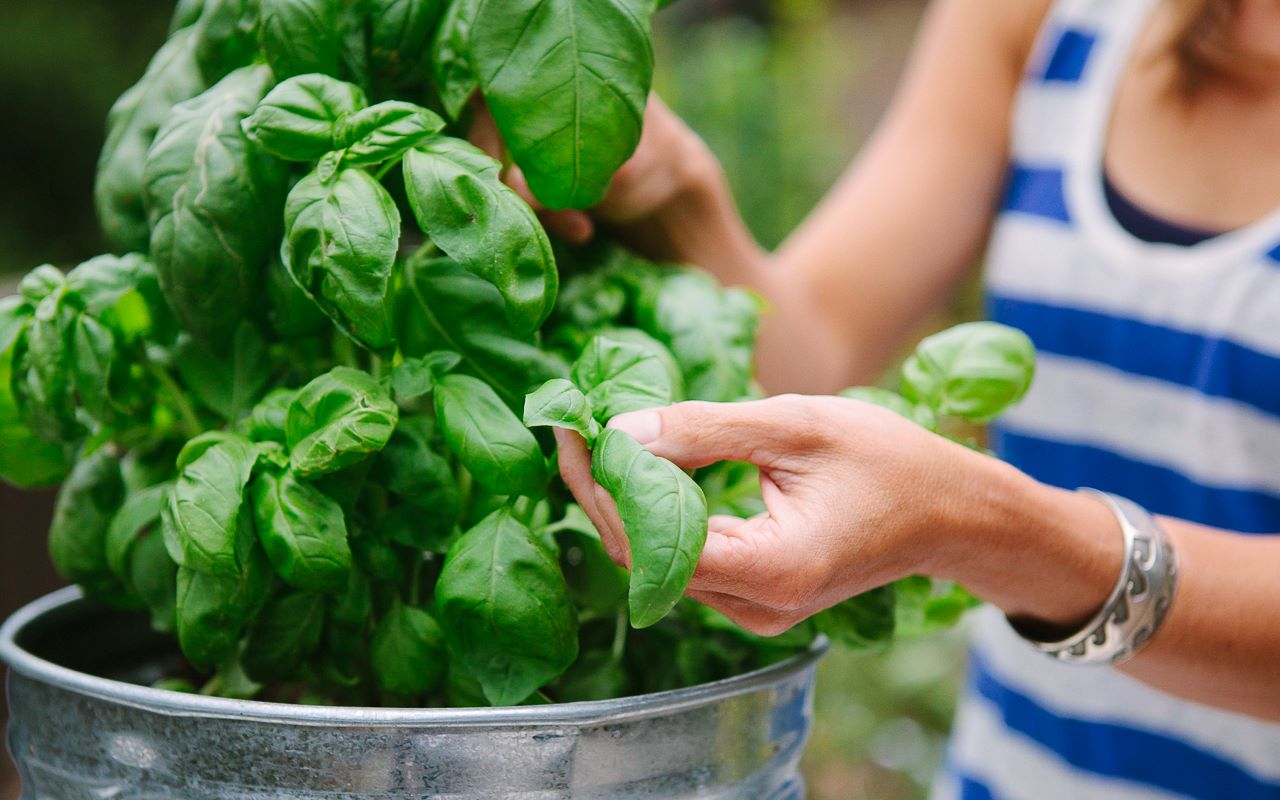
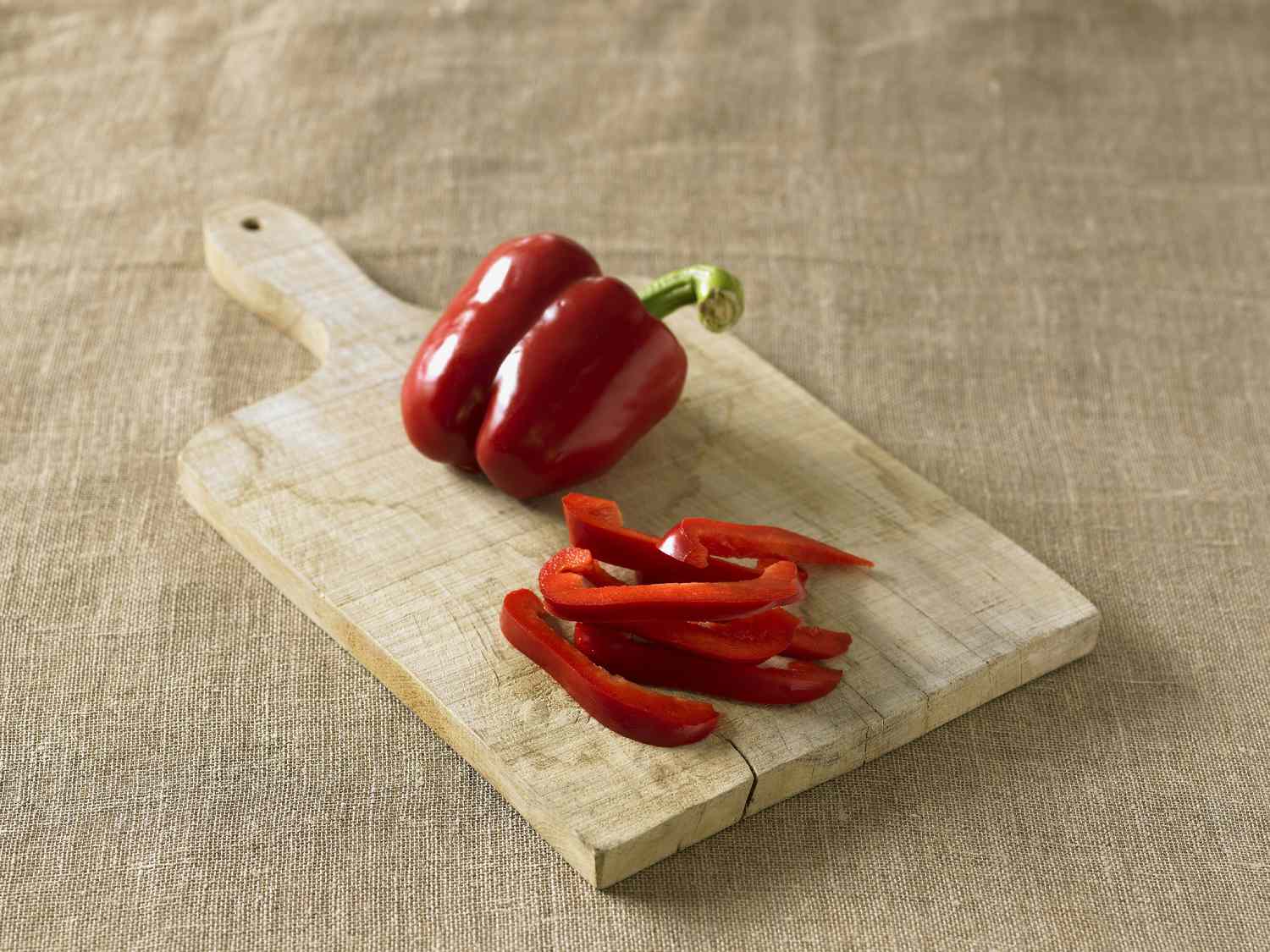
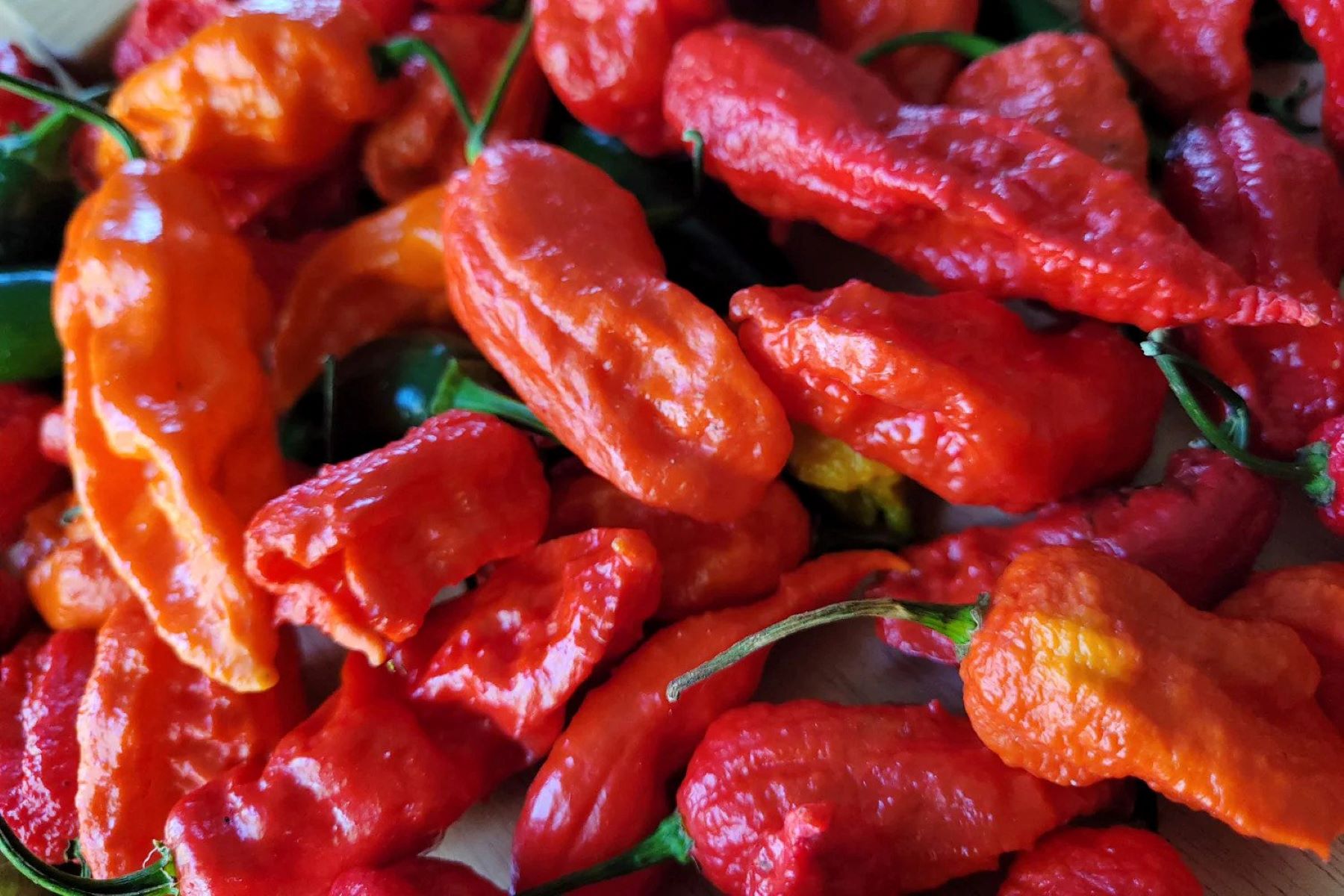
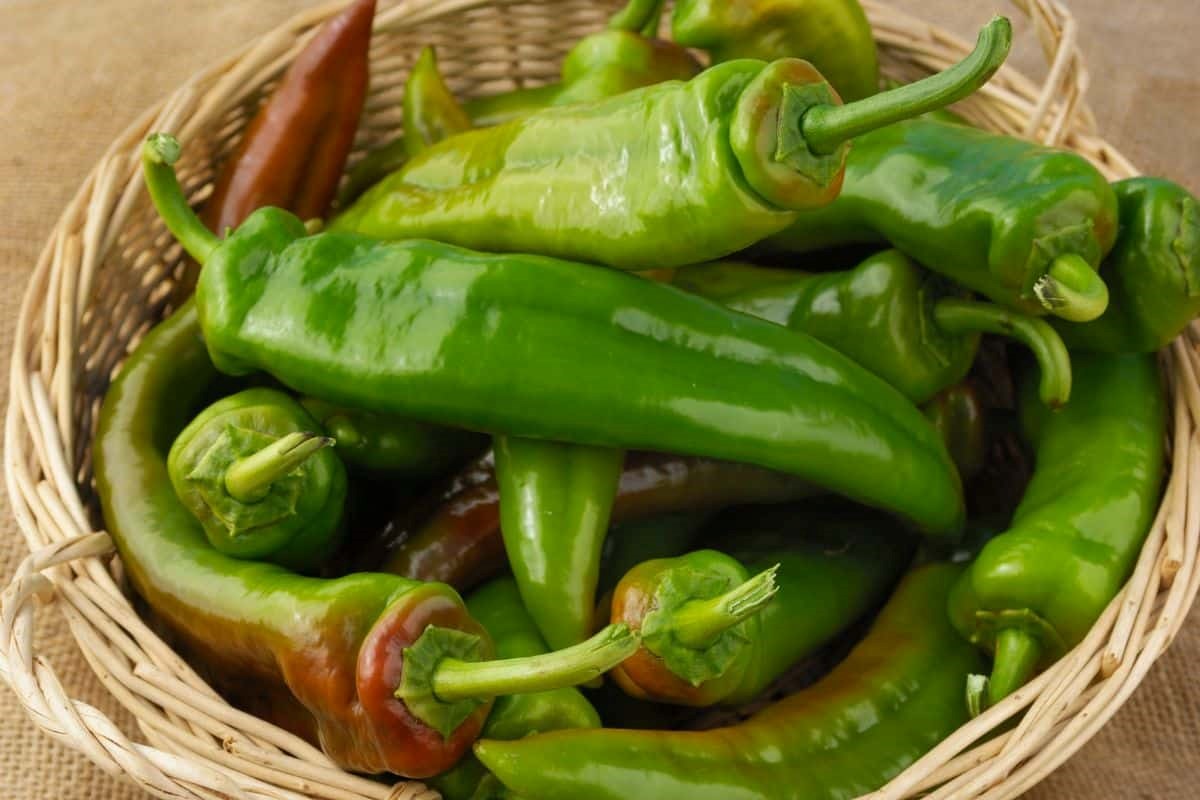
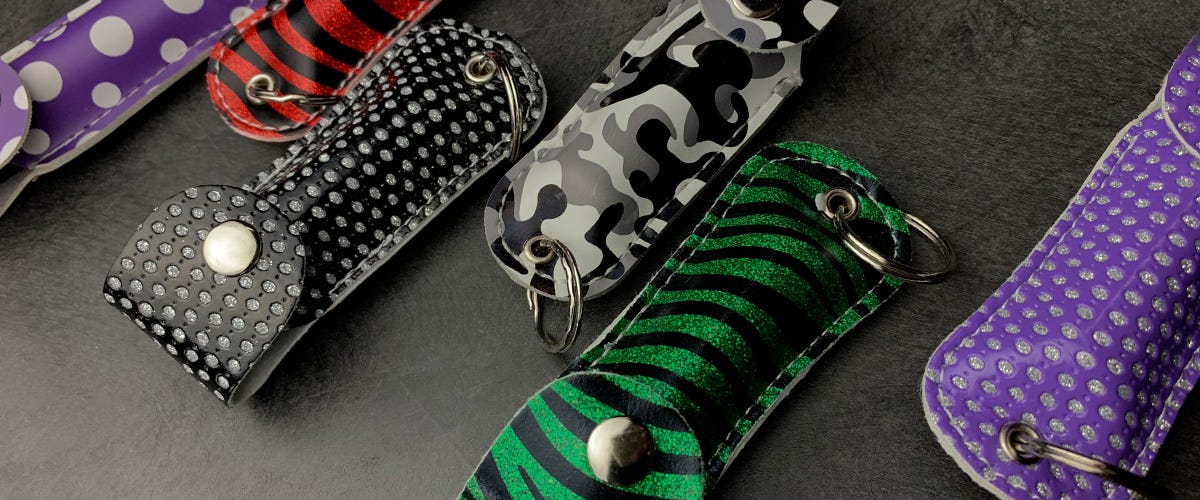
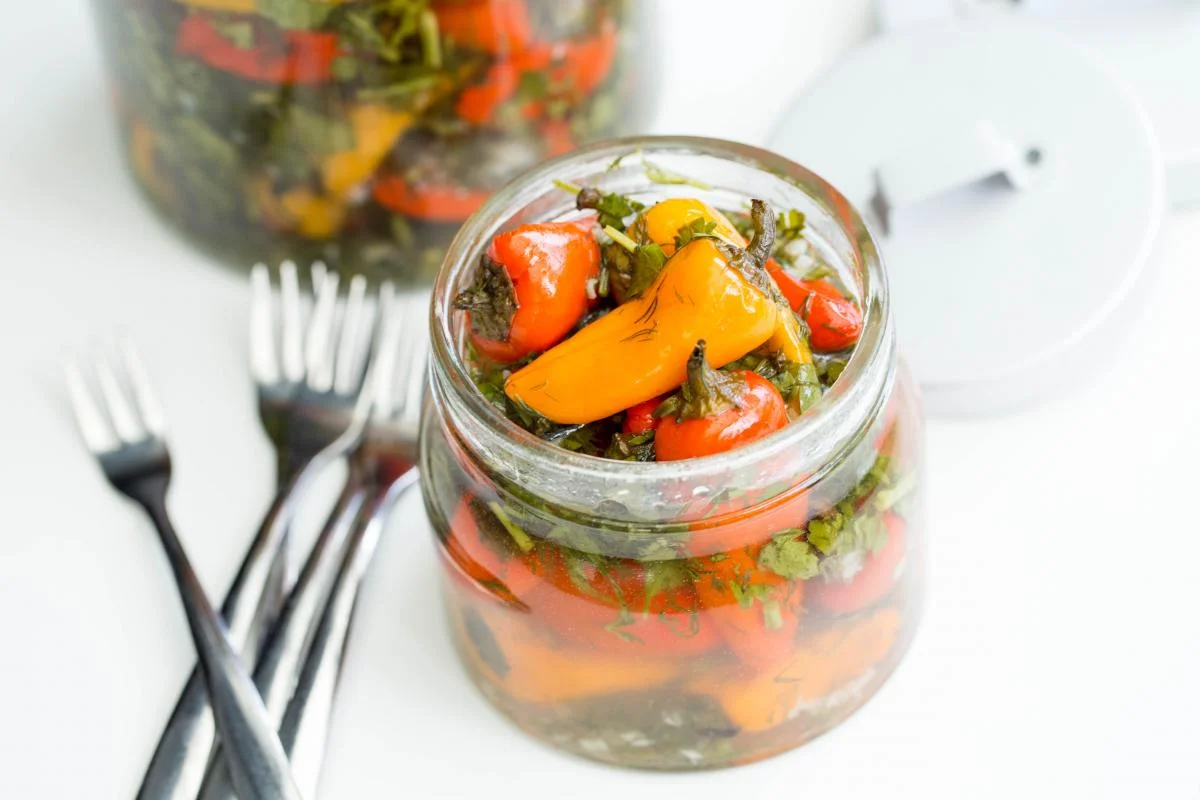
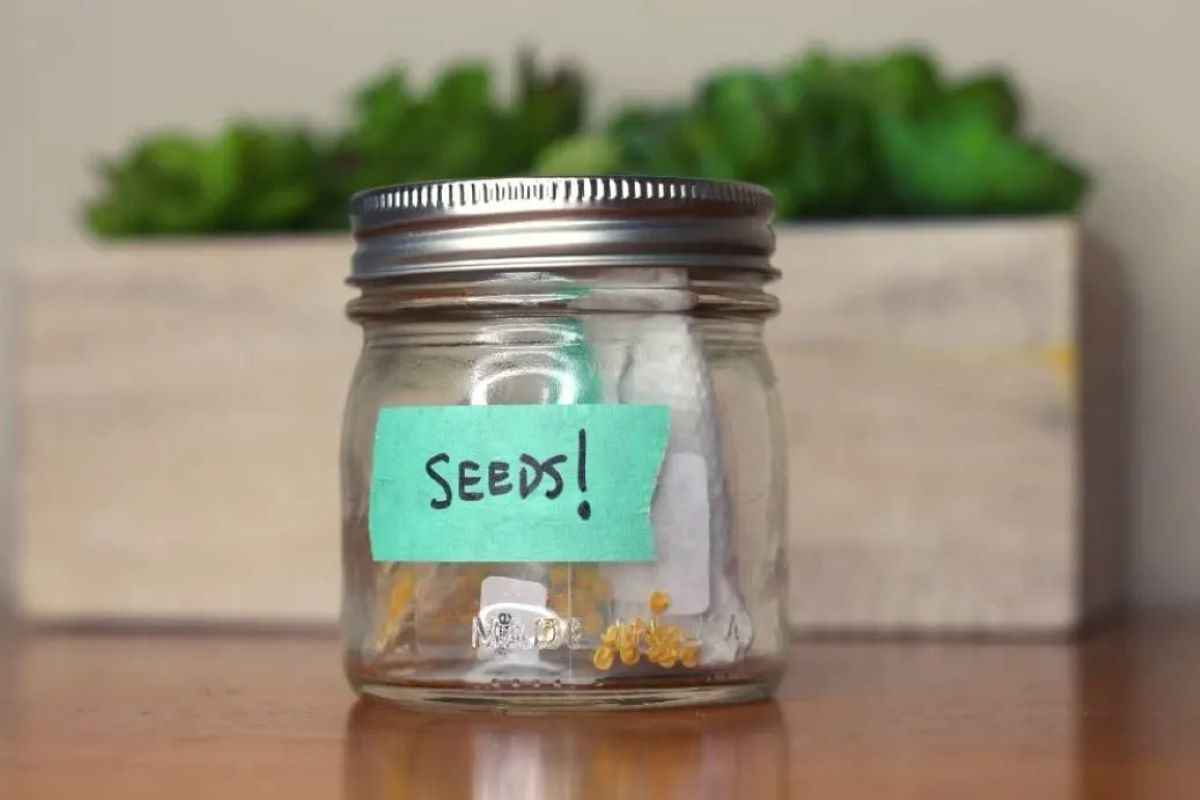


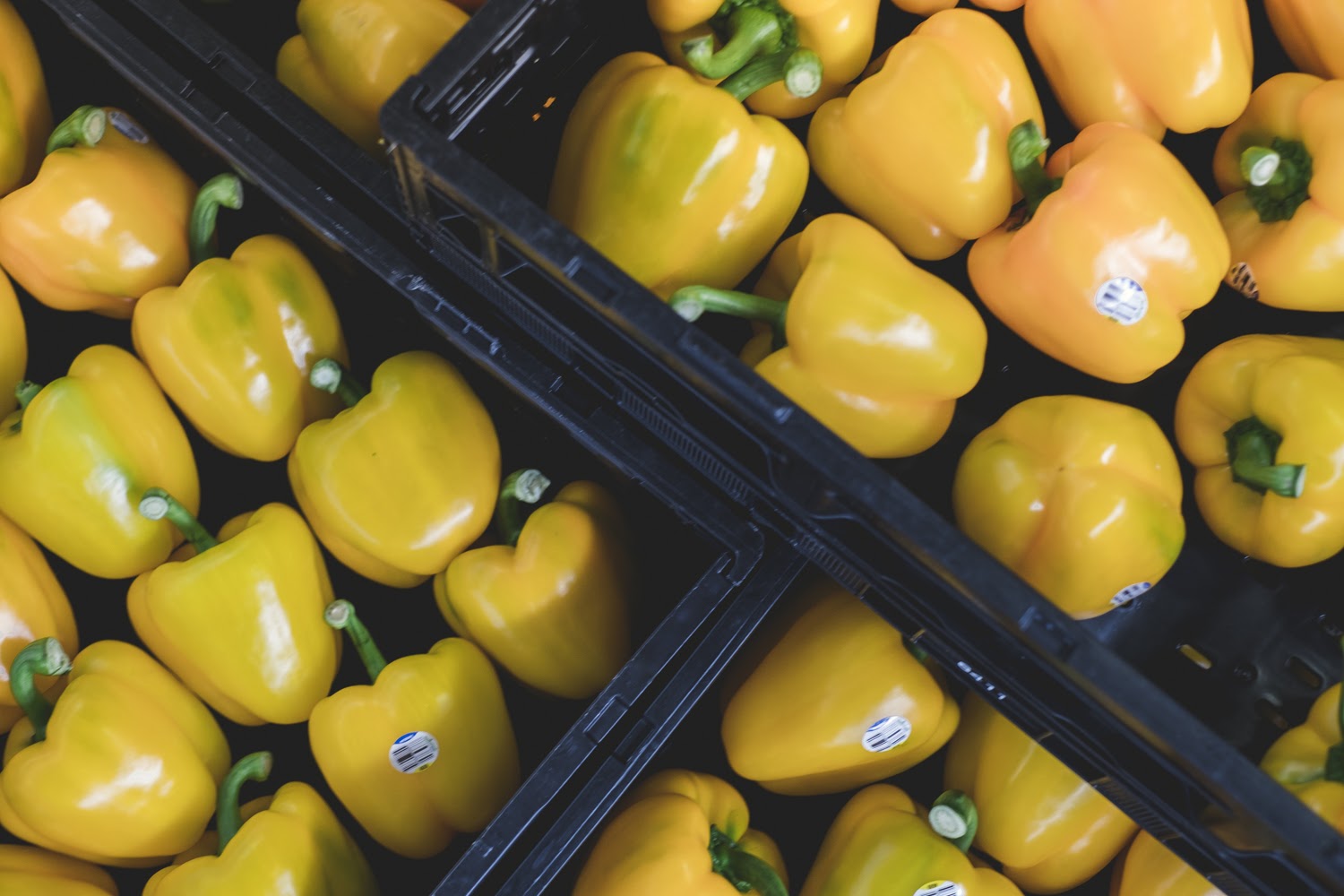
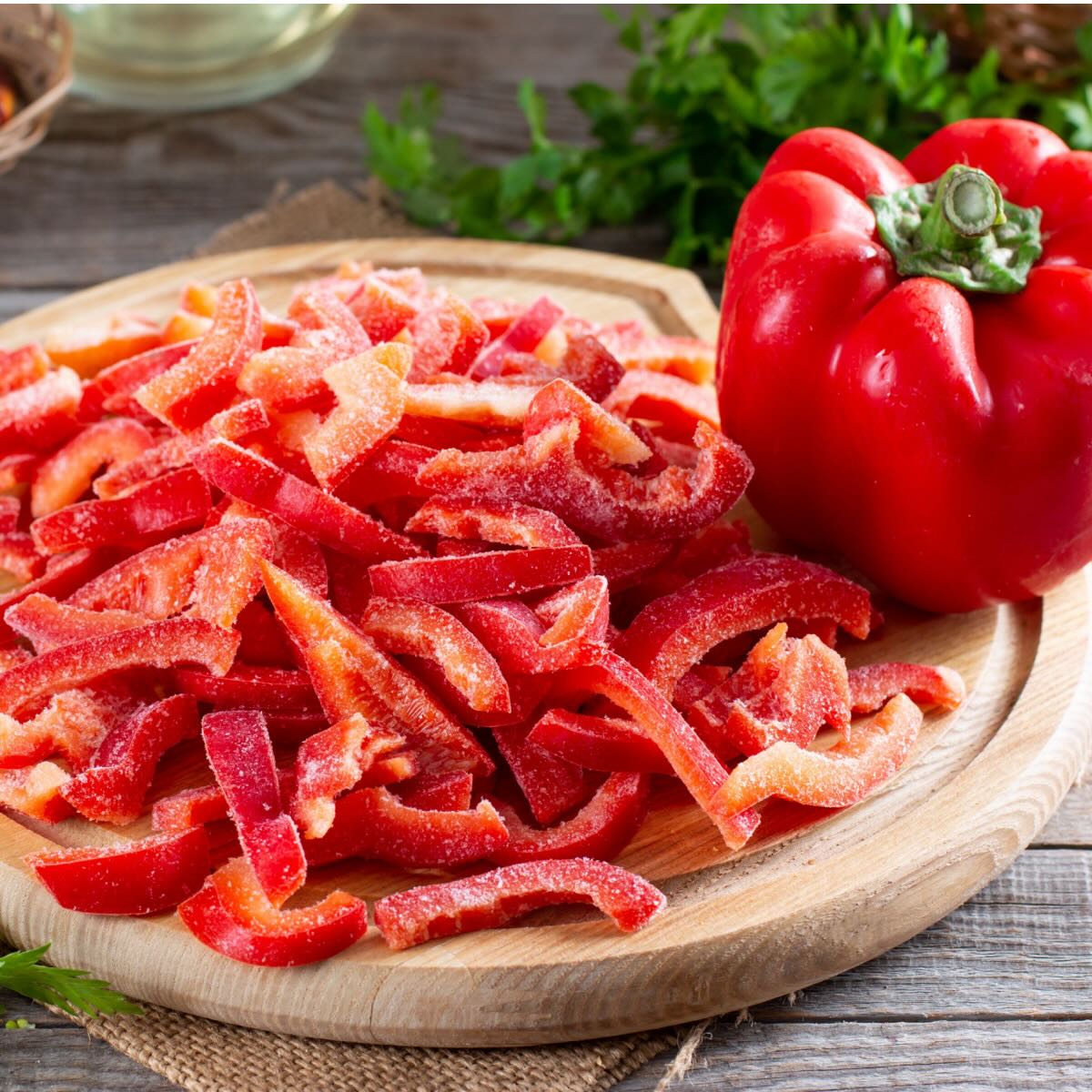
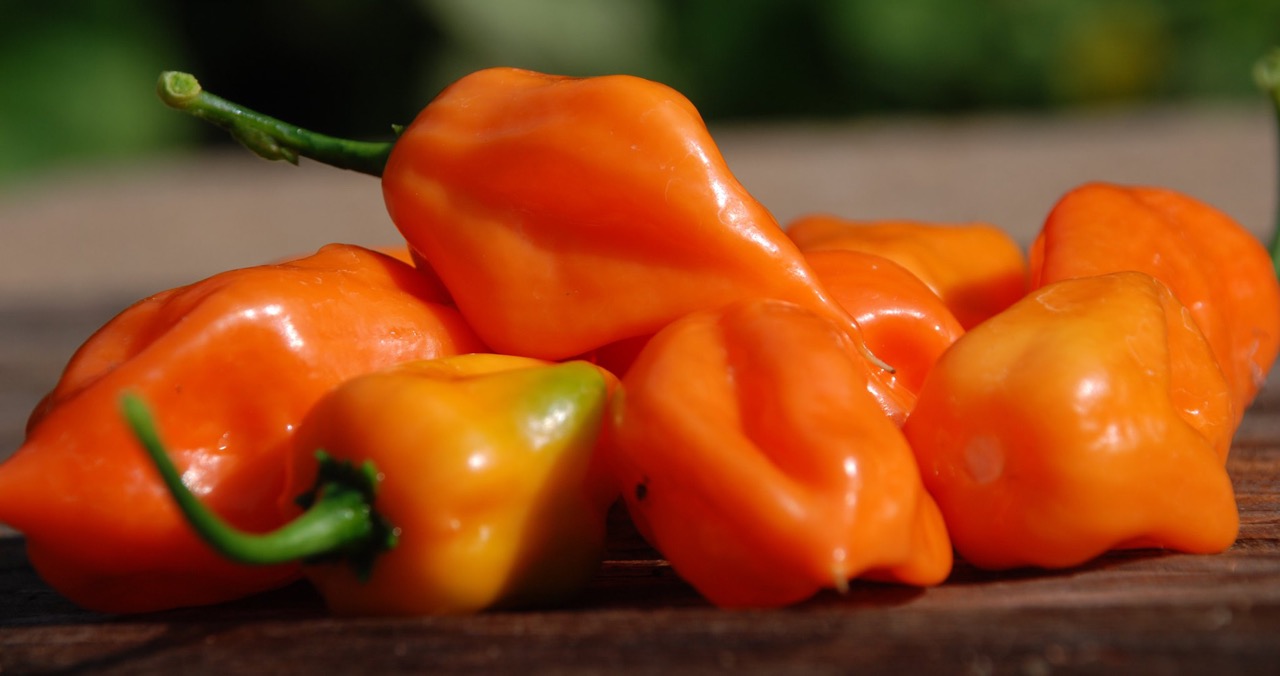
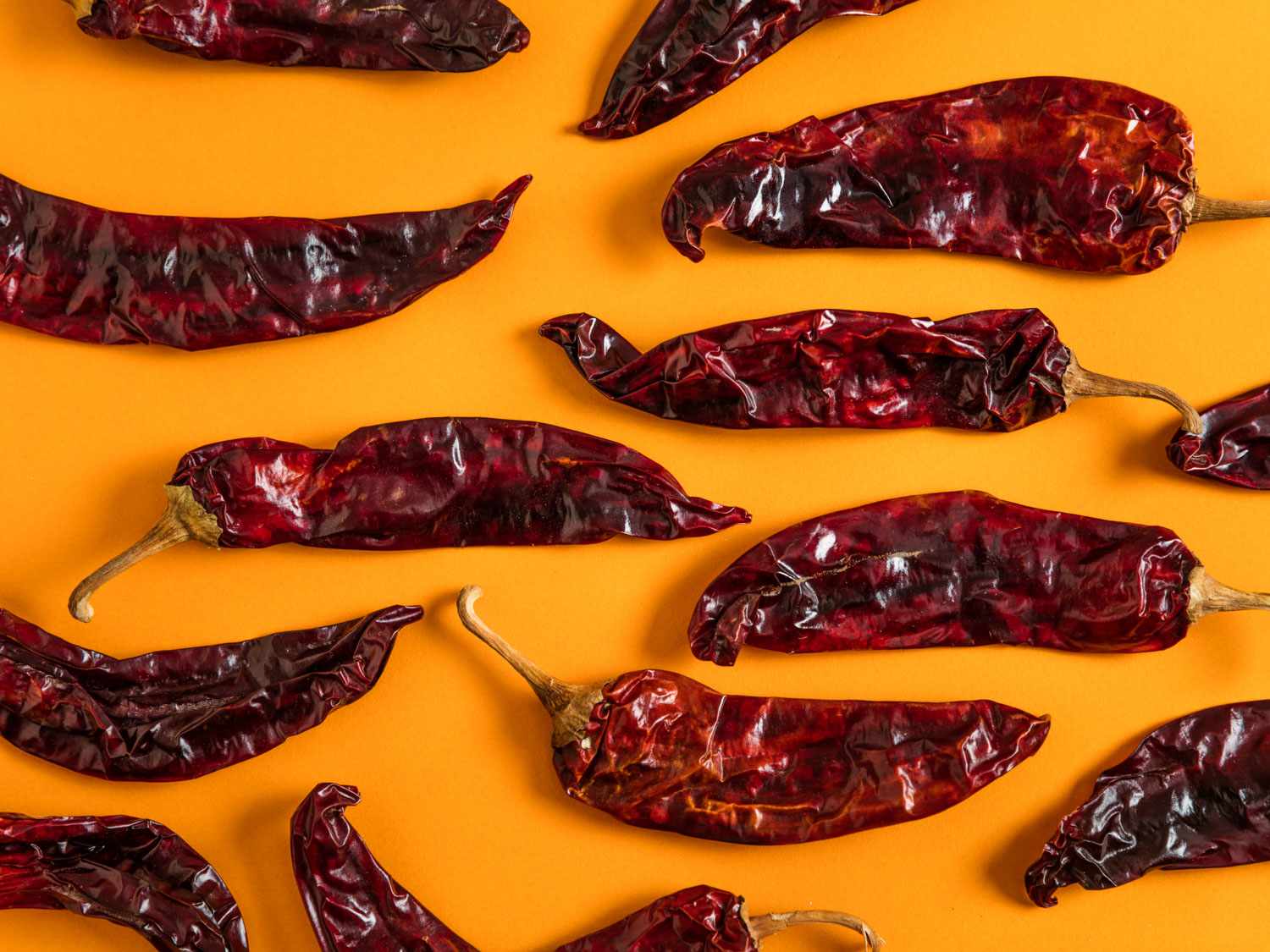

0 thoughts on “How To Store Peppers After Harvest”